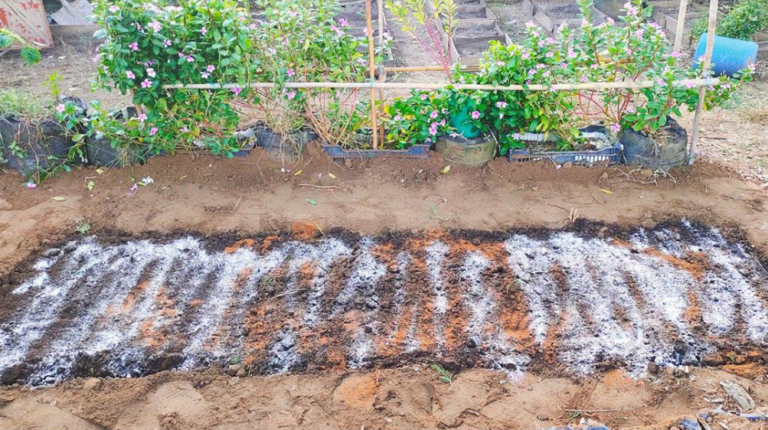Creating a nutrient-dense garden bed is the foundation for healthy, productive plants. When designed correctly, it provides long-lasting fertility, moisture retention, and resilience against drought—minimizing the need for constant upkeep. Whether you’re a first-time gardener or looking to improve your existing garden space, this step-by-step guide will help you build a self-sustaining bed that feeds your plants from the roots up.
Step 1: Choose the Right Location
Start by selecting a spot that receives full sunlight for most of the day and drains well after rain. Clear the area of any grass, weeds, or debris, and level the ground. Dig down about 3 to 4 inches to prepare a shallow base. If you’re using larger logs in your foundation, you may need to dig deeper.
Step 2: Lay Down a Weed Barrier
Line the entire base of your garden bed with overlapping sheets of cardboard. This helps suppress weeds while gradually decomposing into the soil, improving its organic content over time.
Step 3: Create a Layer of Organic Material
Add a thick layer of natural materials such as branches, twigs, and leaves. You can also include raw vegetable scraps and rotting wood if available. This layer will slowly break down over time, enriching the soil and helping retain moisture.
Step 4: Sprinkle Bone Meal for Root Support
Apply a thin layer of bone meal across the organic base. This natural amendment supports strong root development and enhances soil structure as it breaks down.
Step 5: Add Quality Soil
Next, cover the organic matter with a generous amount of rich, well-draining soil. If your native soil lacks structure or nutrients, consider bringing in high-quality topsoil. Make sure the surface is even and smooth to prepare for planting.
Step 6: Apply a Layer of Compost or Aged Manure
Spread a thick layer of fully decomposed compost or well-aged manure over the soil. This layer delivers readily available nutrients and helps stimulate microbial activity, giving your plants an immediate growth boost.
Step 7: Boost with Natural Amendments
For an extra layer of fertility and pest protection, sprinkle neem cake powder and a second light layer of bone meal over the compost. These additions improve soil health and act as a natural defense against soil-borne pests.
Step 8: Allow the Bed to Settle
Let the garden bed rest for 6 to 8 weeks before planting. This gives the materials time to break down and stabilize, ensuring a nutrient-rich and well-balanced environment for your crops. If you prepare the bed in late winter, it will be perfectly timed for spring planting.
Final Tip:
This layered garden bed approach not only promotes consistent growth throughout the season but also minimizes the need for fertilizers and watering. Once established, your garden will thrive with less effort and more reward.
